Dressing room dimensions

Everyone tries to equip their home so that all clothes and accessories fit compactly and at the same time there is free space. Conventional wardrobes are bulky, so many people prefer a dressing room.
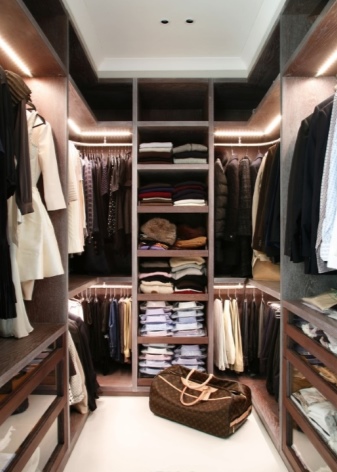
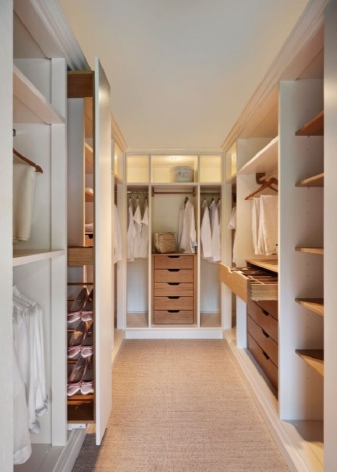
Its sizes can be different, so wardrobes are mainly produced individually. The designer provides a sketch that allows you to usefully use every centimeter of space.
Zonal sizes and options for design projects
If you decide to allocate space for a dressing room in your home, first you need to create a sketch. It includes parameters such as width and height, filling and design of the structure.
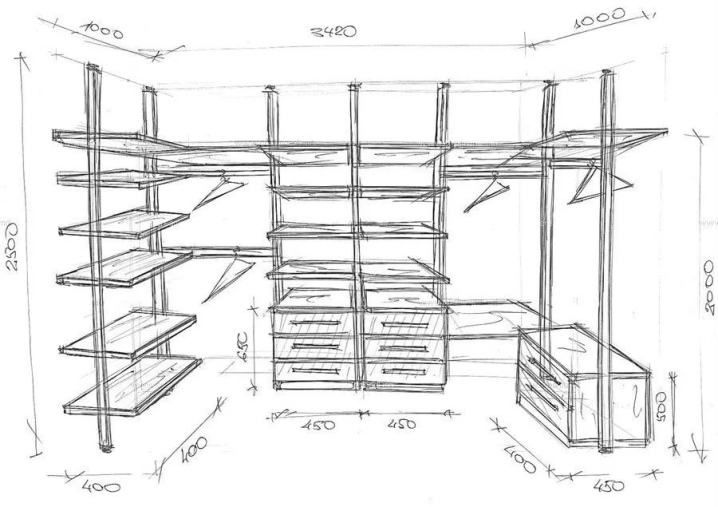
Each dressing room should consist of three zones: lower, middle and upper.
- Top part usually located at a height of 1.9 m. It is designed to store umbrellas, hats, gloves and other accessories.

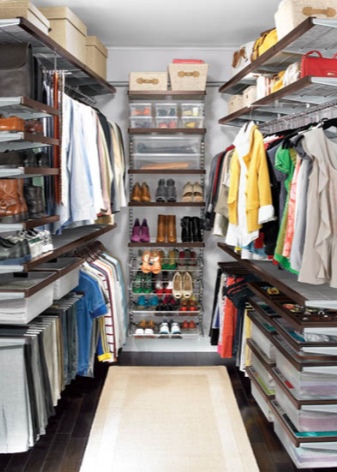
- Middle zone located at a distance of 60 cm from the floor. It can include drawers and rails used for hangers.
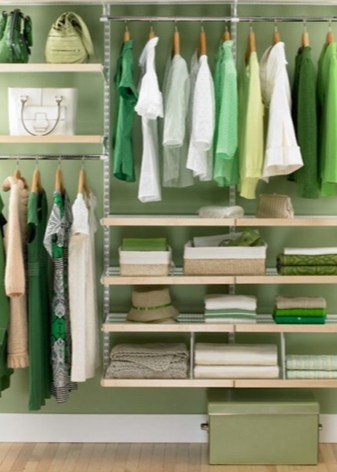
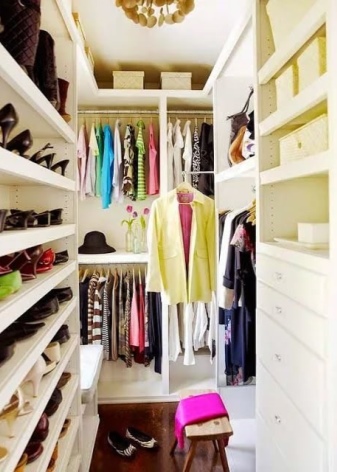
- Bottom part designed for a comfortable positioning of shoes. Its height should not be more than 45 cm. This distance is sufficient to accommodate shoes with a length above the knee.
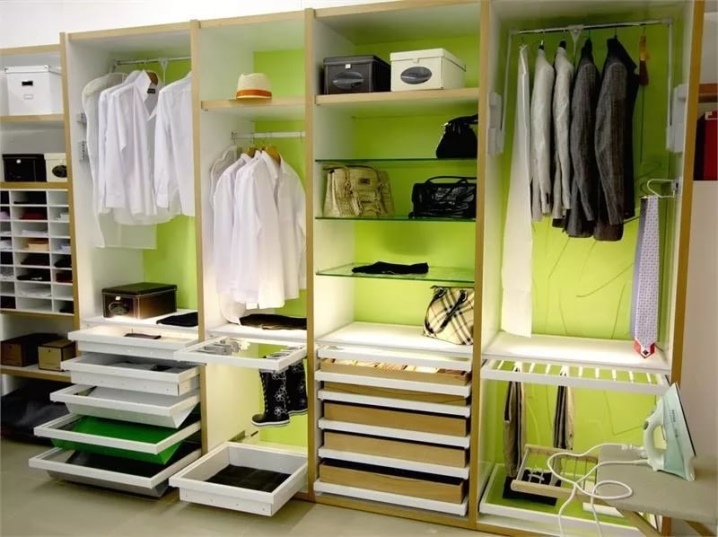
Before creating a sketch of a dressing room, you should first think about what things will be stored there, their number, and also conditionally divide them depending on the frequency of use.
If all of the above recommendations are taken into account, then such a room will delight with its compactness, and you can easily find the necessary thing.
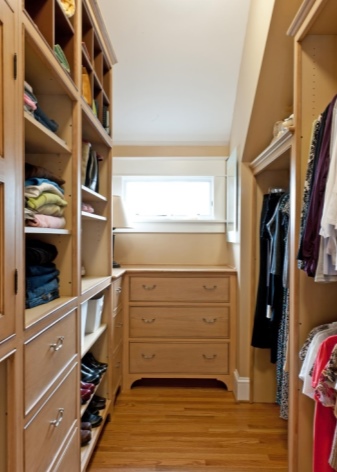

Walk-in closet 3 sq. m is the best option for most apartments. Many new buildings have a separate space with just such dimensions.
This area allows the use of racks with drawers, open shelves, as well as rods for hangers.
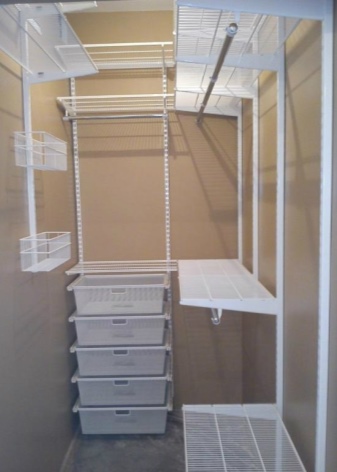

Square 4 sq. m provides the ability to conveniently arrange all things. Such a dressing room should include racks located U-shaped or parallel.
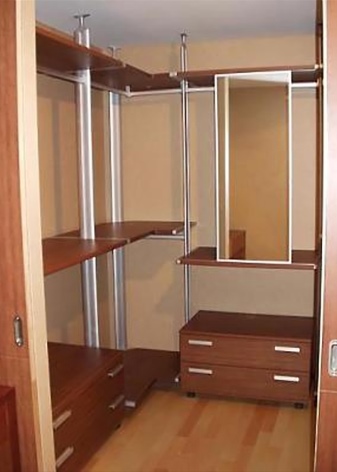
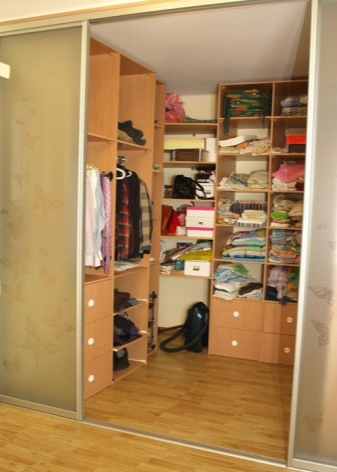
Square room with area 2x2 m allows the use of an angular or linear arrangement of shelving. Of course, there won't be much room for changing clothes, but clothes can be marked out for convenient use.
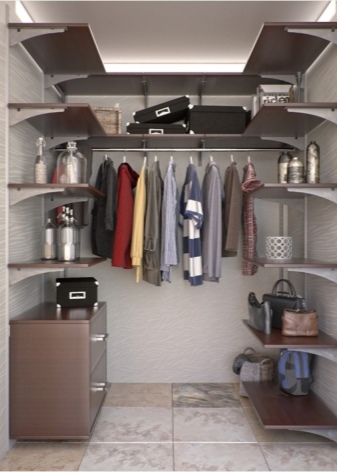
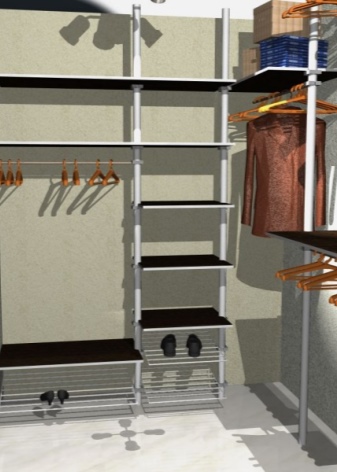
Spacious dressing rooms usually have an area 5-6 sq. m. This footage does not limit the designer's imagination. As a rule, all wishes will be realized in such a design project.
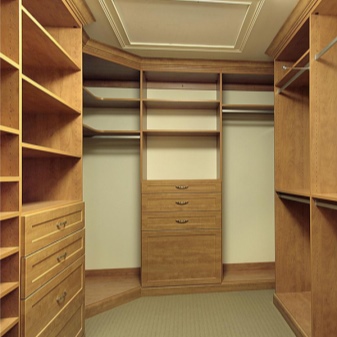

Minimum
For small apartments, a small dressing room is often used. Its dimensions are largely determined by the location of the structure, as well as its purpose. A compact dressing room usually occupies a certain room, where space should be allocated not only for a comfortable arrangement of things, but also space for changing clothes.
A 1 meter wide room requires a rectangle of racks. It is this shape that allows you to create a partition for fencing space for things and one person. If you want to put a mirror, pouf or other furniture in the dressing room, then this must be taken into account when determining the place and designing the furniture.
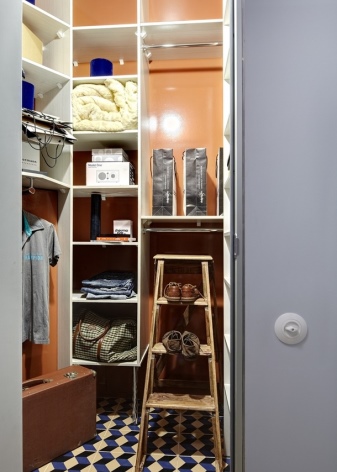
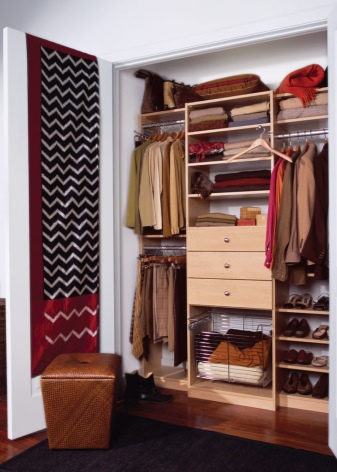
The room should be well ventilated, then there will be no staleness of the air, and you will feel comfortable. And also it is worth choosing the optimal space for the correct arrangement of things on hangers.
Optimal
You can choose the optimal size of the dressing room individually.When calculating it, you need to take into account the location and shape of the room, the presence of windows and doorways, niches, possible defects on the walls, and other factors.
After creating a sketch of the dressing room, you can already pull out the dimensions of the cabinet furniture. It is worth remembering that not only width and depth play a role, but also height.
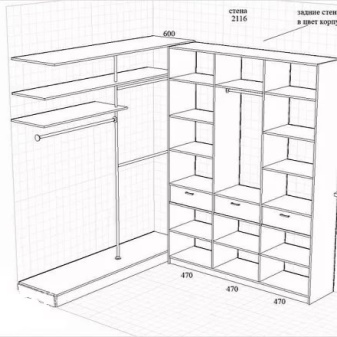
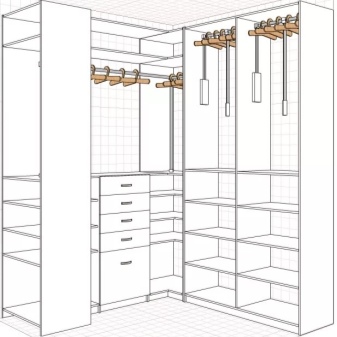
A walk-in closet usually contains a lot of shelving and compartments. Depending on its size, you can choose not only their design, but also the location. The measurements must be carried out by a specialist, then everything will be done correctly.
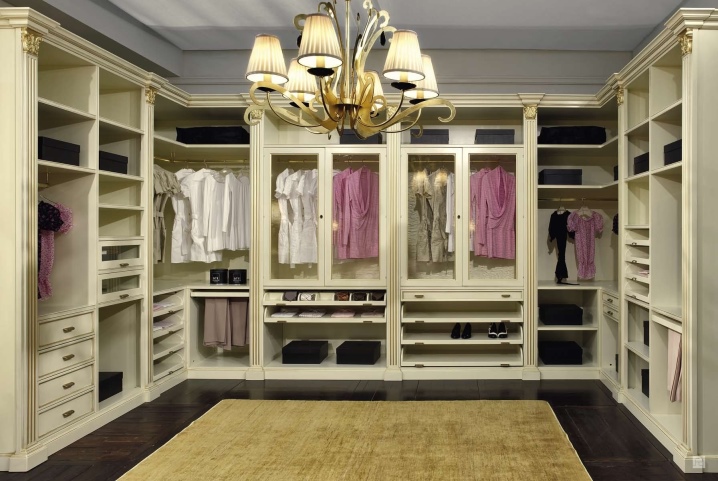
For large dressing rooms, you can use a large number of racks of various designs. For narrow rooms, the choice of furniture will not be so diverse, since you need to leave free space for changing clothes.
Standard
The standard wardrobe is oversized because it needs to be roomy. Creating a dressing room will allow you to abandon a huge closet, you can only use the shelves.
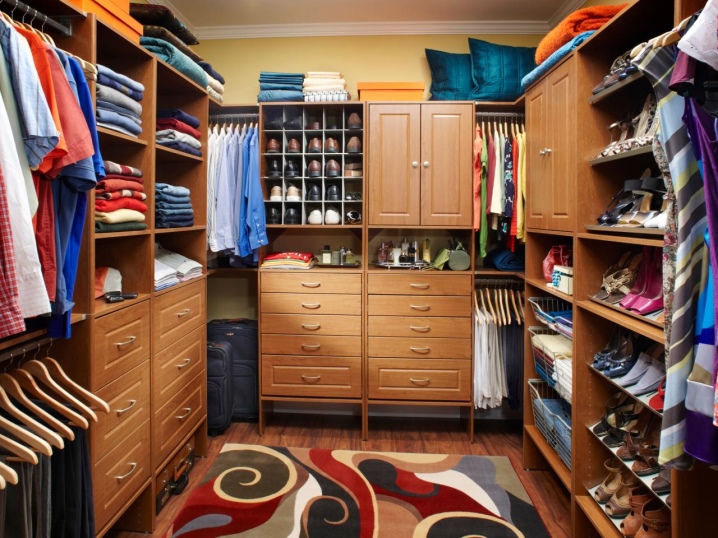
When choosing shelves for a dressing room, you should pay attention to some of the nuances:
- spaciousness. They should be designed for large items, for example, for a suitcase;
- ease of use;
- compactness and functionality.
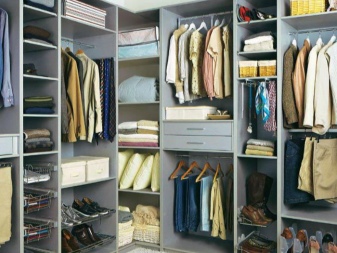
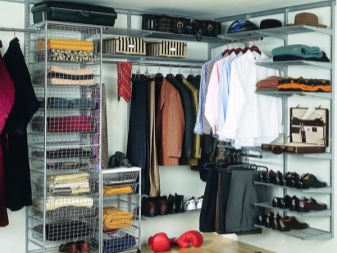
A standard shelf has dimensions of 50x50x50 cm. This option is ideal for a convenient arrangement of various things. The thickness of the shelves and racks affects the massiveness of the structure. It depends entirely on what you plan to store on them.
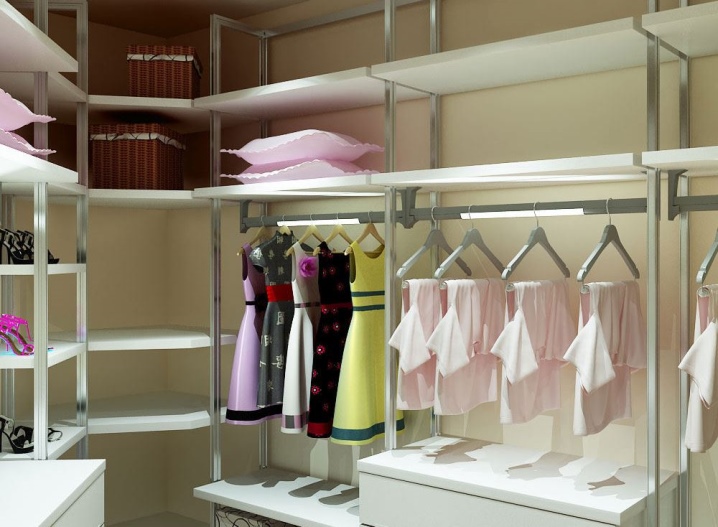
Storage space dimensions
To create a functional and comfortable dressing room, it is worth taking the time to correctly calculate the space for further storage of clothes. Places should not be huge, but at the same time they should be characterized by spaciousness. A competent location will allow you to quickly find the right thing among a large assortment.
The rod usually takes up most of the dressing room. You can conveniently place outerwear, skirts, dresses, trousers and other things on it.


To calculate how much space is needed for hangers, it is worth taking into account the following points:
- The hanger for an adult is approximately 45 cm.
- The height from the floor to the bar for a comfortable positioning of the dress should be 1.8 m, the suit - 1.4 m and the shirt - 1 m.
- Each hanger with clothes will be approximately 7 cm.
- Lift rods or lift-type mechanism will save space.
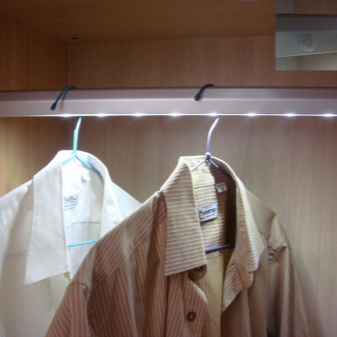
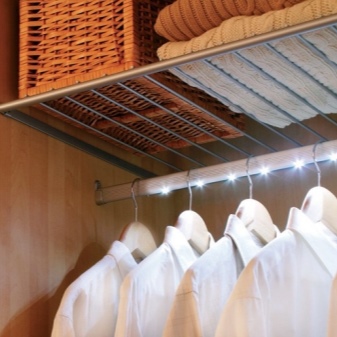
Each dressing room necessarily includes shelves, since they are designed to store blankets, blankets, bed linen and other bulky items. You can opt for pull-out or stationary shelves.
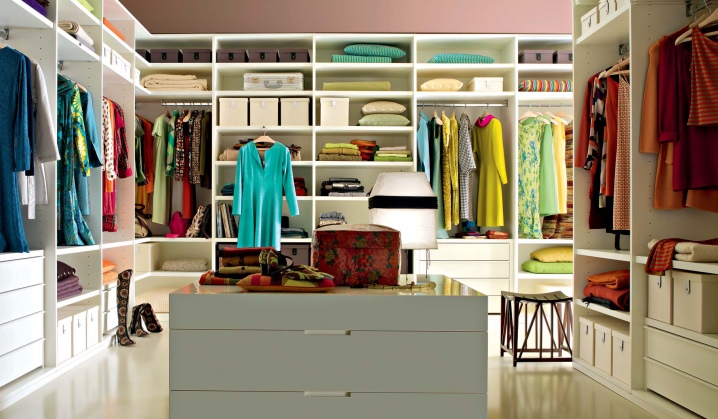
Remember that deep shelves should be made exclusively retractable. This will allow you to get those things that will be located near the back wall.
Restricted options ensure garments don't fall out of shelves.
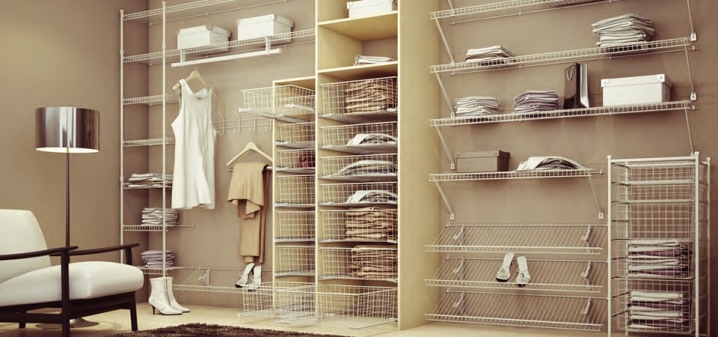
When drawing up a sketch, it is worth paying attention to several recommendations regarding shelves:
- The widest shelves are ideal for bulky items.
- Small shelves with a depth of 25 cm and a height of 15 to 17 cm can be used to store small accessories such as bags, scarves, hats.
- The distance between the shelves should be calculated depending on the height of the folded items. Usually the shelves are placed at a distance of 25-30 cm.
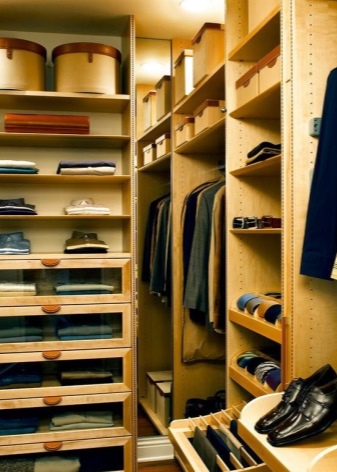

A separate place in the dressing room is always reserved for shoes. When arranging an area for storing shoes, it is worth considering its characteristics:
- The men's shoe is 25 cm wide, and the length may vary. If the shoe is size 43, then it is 30 cm.
- Men's or women's shoes have a height of no more than 15 cm, but winter models can reach up to 25 cm.
- Women's boots have a height of 45 to 60 cm.

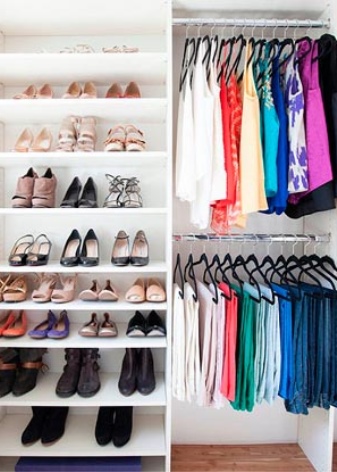
Shoes are very often stored in boxes. You can make open shelves for them or use special stands. Shoes look beautiful when suspended.Girls really like the options with a retractable design due to their compactness and spaciousness.
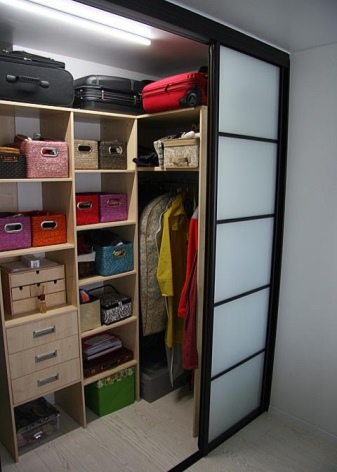

Drawers deserve special attention. They have special mechanisms for convenient use. Often the interior is divided into several segments using partitions. Such an organization of space will allow you to arrange all things separately and prevent them from mixing.
Drawers with pull-out mechanisms are available in various sizes. For bedding, large options are better suited, smaller boxes can be used for storing both things and accessories.

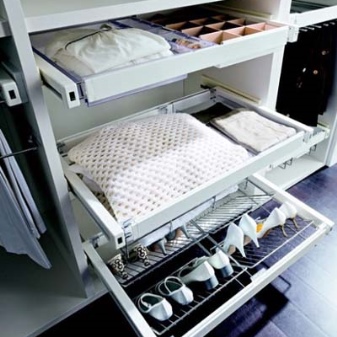
Honeycomb baskets are very convenient and practical. They can be used to store blankets and pillows, bedding, outerwear and more. The baskets are easy to attach to the wall. They are characterized by versatility, spaciousness and compactness.
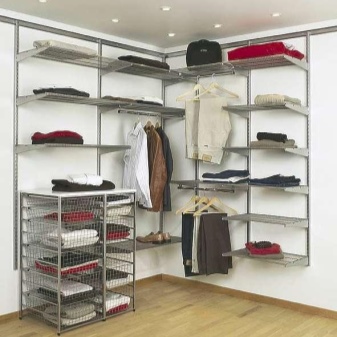
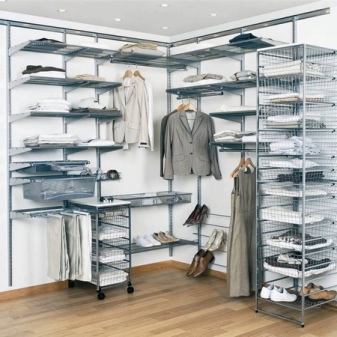
The lattice structure promotes good ventilation so things won't get moldy. Manufacturers offer not only honeycomb baskets, but also bars, shelves and even trousers.
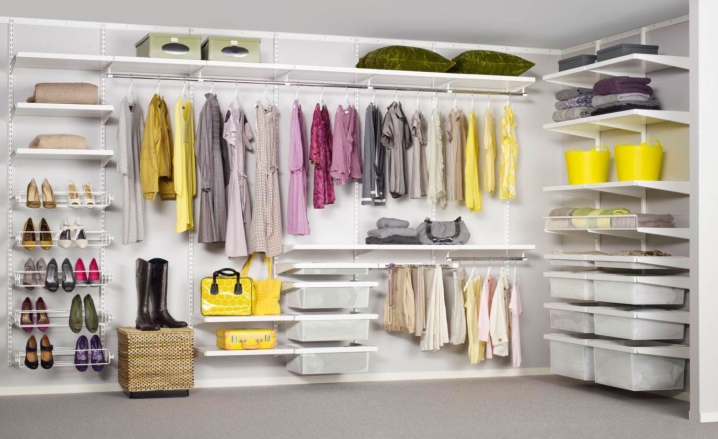
In addition to various elements, the dressing room should also have special places or accessories for storing small things. Aids are often used to conveniently hang trousers, pants, or skirts. Multiple hooks for bags and umbrellas can be attached. If the space of the dressing room allows, it can be decorated with stands for various hats, berets, caps, panamas. Special holders are produced for belts and ties.
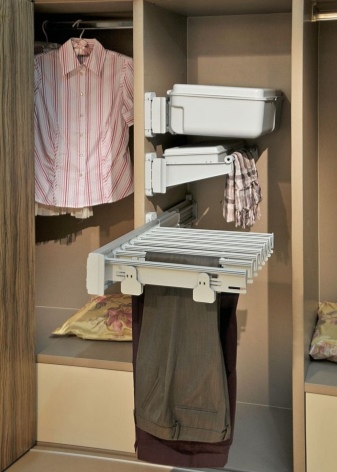
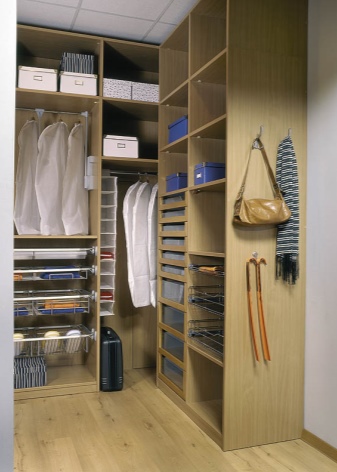
Advice
To create a versatile, spacious and compact dressing room you need to take into account a few simple recommendations when planning it:
- Each family member should have separate shelves and boxes for storing their clothes.
- You need to decide on places for things and accessories that are used very rarely.
- The dressing room should have free space.
- You need to think carefully about the design and its dimensions.
- The passage must have a width of at least 60 cm with the correct organization of the room.
An example of organizing a dressing room is discussed in the video below.













The comment was sent successfully.